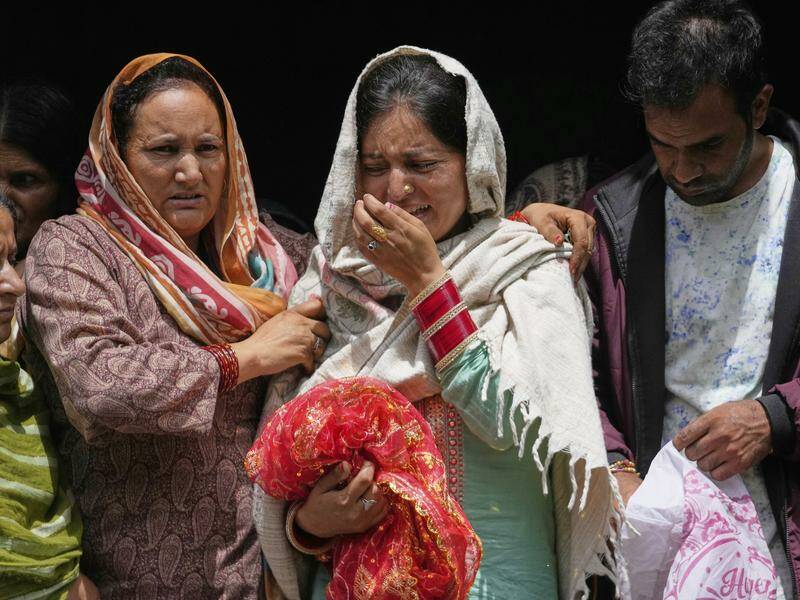
Flash floods in India and Pakistan have resulted in the deaths of more than 280 people and left many others unaccounted for, as rescuers successfully evacuated approximately 1,600 individuals from affected mountainous regions. The catastrophic weather events have been attributed to sudden and intense rainfalls known as cloudbursts, which have become increasingly frequent in these areas.
In Pakistan, a tragic incident occurred when a helicopter transporting relief supplies to the flood-stricken Bajaur district crashed on Friday, killing all five individuals on board, including two pilots, according to a government statement. This incident underscores the challenges faced by rescue operations in the region.
As heavy rains continue, officials in India-controlled Kashmir have reported a significant toll from the flooding. Following a cloudburst, at least 60 people have died, with 80 individuals still missing in the remote village of Chositi. Rescue efforts were temporarily halted overnight, but on Thursday, authorities successfully rescued at least 300 people after the floods and landslides struck.
Local resident Harvinder Singh joined the rescue operations immediately, recounting how he helped recover 33 bodies from the mud. Medical facilities have reported treating at least 50 seriously injured individuals, many of whom were rescued from a stream filled with debris. Disaster management official Mohammed Irshad noted that the number of missing persons could rise, especially as weather forecasts predict more heavy rainfall.
Chositi, located in the Kishtwar district, is the last village accessible to vehicles along the route for an ongoing annual Hindu pilgrimage to a shrine situated at an altitude of 3,000 metres. The pilgrimage, which commenced on July 25, 2023 and was scheduled to conclude on September 5, 2023, has been suspended due to the disaster. The floods devastated the main community kitchen serving the pilgrims, along with numerous vehicles and motorbikes. Reports indicate that more than 200 pilgrims were present at the kitchen when the floods struck.
A villager, identified only as Sneha, shared a heart-wrenching account of her family’s tragedy, stating that her husband and daughter were swept away by the rushing floodwaters while they were having their meal at the community kitchen. Meanwhile, images circulating on social media depict extensive destruction, with personal belongings scattered among damaged vehicles and homes.
In response to the disaster, authorities have constructed makeshift bridges to assist stranded pilgrims and deployed earthmovers to clear debris, including boulders and uprooted trees. The Kishtwar district, known for its hydroelectric power projects, has been under scrutiny for its vulnerability due to unplanned development that threatens the region’s delicate ecosystem.
In northern and northwestern Pakistan, the death toll from the flooding has reached at least 243 individuals within the past 24 hours. This includes 157 deaths reported in the Buner district on Friday. Local resident Mohammad Suhail confirmed ongoing rescue efforts, noting that dozens of individuals remain unaccounted for.
As the situation continues to unfold, the implications of these flash floods highlight the urgent need for improved disaster management and infrastructure in these vulnerable regions.







